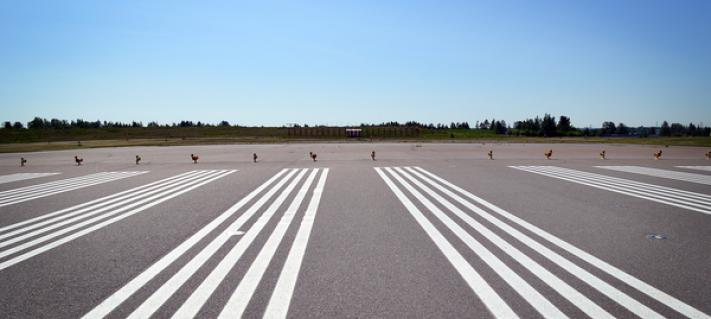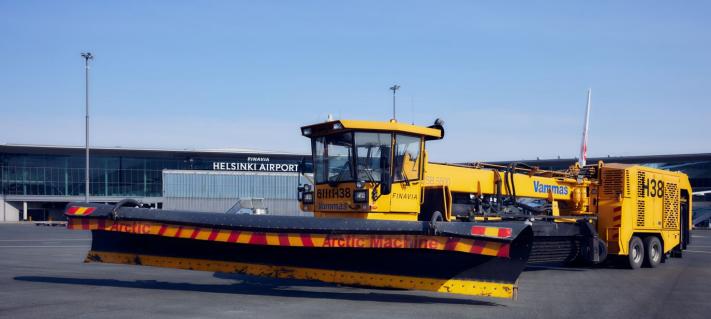Good relations with our clients and other stakeholders are part of Finavia’s corporate responsibility. Our Sum of Good Things article series highlights details of Finavia's responsibility work. This installment focuses on user-centered design at Helsinki Airport.
The virtual model used by Finavia helps to ensure that the big picture and planning details are in place.
“Helsinki Airport is one of the first in its field to use Building Information Modeling (BIM) and the virtual model in planning on such a large scale,” says Finavia’s Design Manager, Architect Kari Ristolainen.
For the airport’s new terminal expansion, Aukio, and its transfer passenger security check that opened in February, the model has been used in workshops and planning meetings where all the design disciplines – Architectural Design, MEP Design and Structural Design – go through and develop technical solutions. The design program makes it possible to plan the placement of air ducts and electric installation work, for example.
Passengers see the premises beforehand
The program also lets the viewer move around in the building as if it were already completed. Used in this way, the program offers a tool for presenting the plans to the airport users in the so-called virtual safaris.
“Nearly all those who are part of the airport’s daily operations, from airlines to tenants and authorities such as the Finnish Border Guard, have been included in the planning process. We have organised virtual safaris on signage, commercial services and passenger paths, for example, for different stakeholder groups,” Ristolainen says.
In the course of two years, Finavia has hosted dozens of virtual safaris and workshops for the Aukio area.
Passenger experience is a sum of details
One of the scenarios tested during these virtual safaris involved passengers moving from the aircraft to the terminal in a bus. Upon arrival, they can move to the lobby located above the apron level by taking an elevator or an escalator.
In the proposed solution, passengers who used the elevator would have arrived at one end of the lobby whereas the passengers who took the escalator would have turned up at the other.
“The insight we got with airport users was that it is best to keep arriving groups together. In the final layout, the escalator was positioned so that the people taking it would meet those taking the elevator on the same side of the lobby. This is the best option to keep the flow of people at the airport smooth,” says Ristolainen.
“To offer an exceptional passenger experience at Helsinki Airport, every detail has to be in order.”
Participants are given responsibility
Ristolainen has noticed that virtual safaris make participants committed to the upcoming changes.
“When the same people are involved from the beginning, they understand the aspects that the construction work will bring about. Both the users of the premises and the people making planning decisions take responsibility for their development ideas. The ORAT process (Operational Readiness, Activation and Transition) is the final step before taking the premises into use. Here, target groups are familiarised with the new premises also with the help of the virtual model.”
In Ristolainen’s everyday work, the virtual model used at Finavia is a key element.
“Actually, it is one of the reasons why I started working here five years ago. Before this, I have been involved in developing the tools, and now, we are able to use them in our planning work,” he says.
Read more about Helsinki Airport Development Programme



